- September 30, 2025
- Niranjana Kashyap
- 2:42 pm
⏱ Time to read 8 min
It’s cuddle time with the fur baby, and while running fingers through their fur, a tiny black dot hops away in the blink of an eye. Gross, right? Or sometimes a creepy bug is seen latched onto it, like an activist of the Chipko movement.

Monsoons bring about the unwelcome ‘house guests’ who find their way into homes, disrupt the tameness of pets, and turn cuddle time into a scratching frenzy. Have you noticed the endless scratching of your pet dog?
There are chances that some tiny pests have made their way inside the dog’s fur, and without proper management, there would be no farewell to these guests.
The deal with Pesky parasites
Welcome to the world of parasites, specifically fleas and ticks, two of the peskiest freeloaders that dogs often pick up.
Hitchhiker Fleas
Fleas are the hyperactive ninjas, fast and stealthy, which multiply at lightning speed. These tiny and wingless blood sucking pests can lay up to 50 eggs in a day. They may cause an allergy, spread tapeworm, and, in extreme cases, may lead to anemia as well.
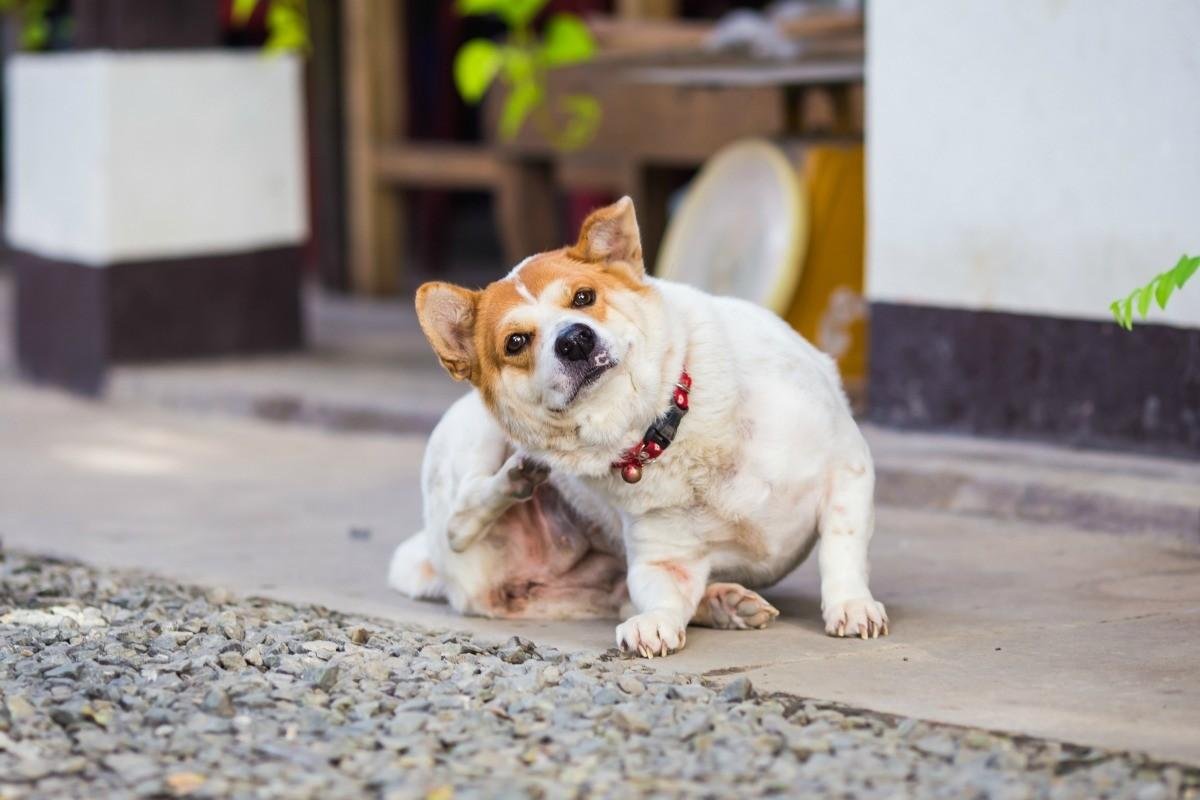
Stubborn squatters Ticks
Ticks are slow and dangerous. They remain steadfastly attached for several days instead of fleeing while infecting the furry friend (or yourself) with diseases like Lyme disease, ehrlichiosis, and babesiosis along the way. Some species can also cause tick paralysis.
The combination of these parasites is sure to make the cuddle sessions turn into scratch marathons, trigger allergies, and may lead to serious illnesses. And yes, not to forget, both fleas and ticks can bite humans, too.
Fortunately, with the combination of treatment, prevention, and home care, the elimination of fleas and ticks is possible for good. This can help to keep the dogs comfortable year-round.
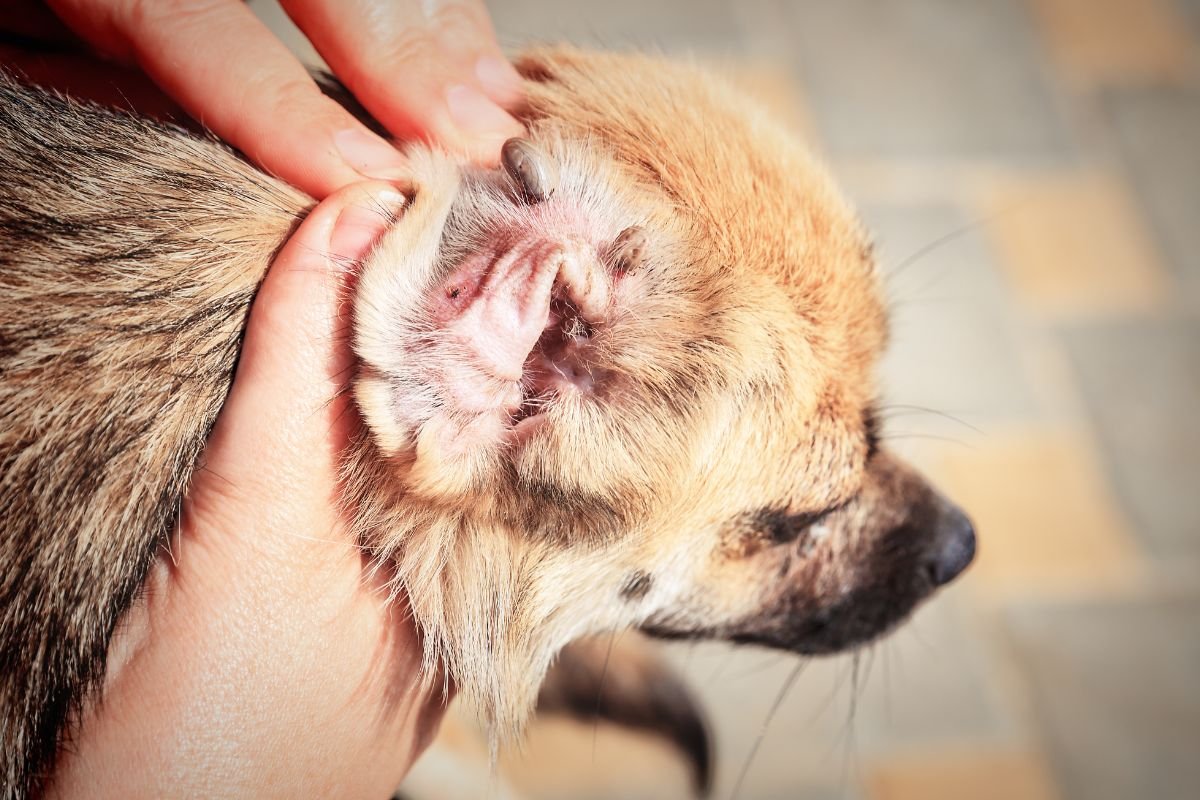
Be the Sherlock: Spotting the signs
The easiest way to discover fleas and ticks on dogs and get rid of them early is a quick flea comb and tick check right after playtime or walks.
Spot the flea on Dogs
- Persistent scratching, licking, or biting
- Tiny black dots as called flea dirt, which turn red on a wet tissue
- Red bumps, scabs, or hot spots
- Hair loss, especially around the tail and neck, in patches
Tricks to spot the Ticks on Dogs
- These bugs attach to the skin and are visible- typically found under the collar, around the ears, and between toes
- Redness or swelling around the bite
- Pets appearing more tired than normal (refers to tick-borne illness)
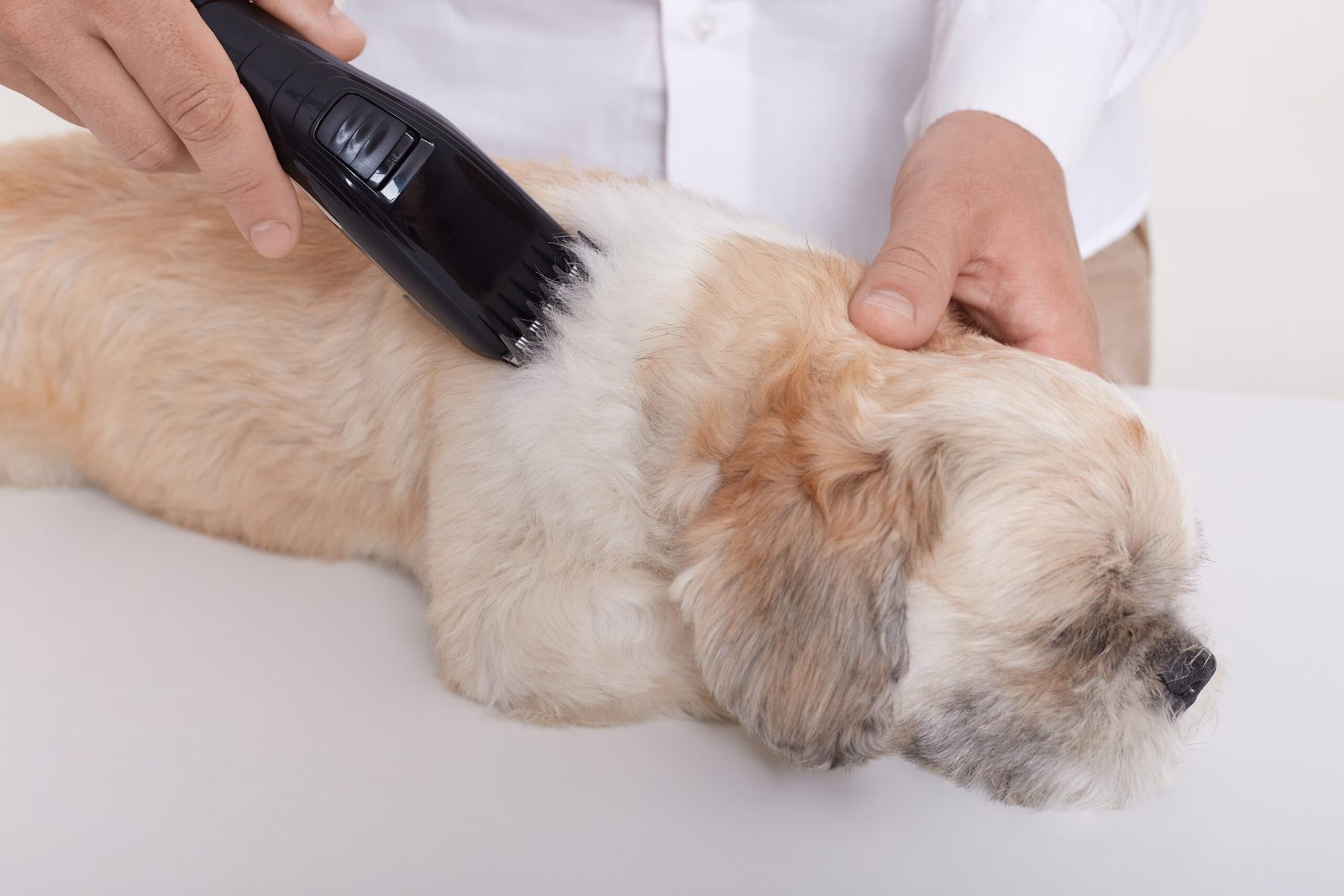
Home dog grooming must be established as a regular habit. Diligent grooming using a flea comb to catch any house guest before it multiplies is the best precaution. The dog’s feet are the hot spots; ticks love to hide between the toes!
Treatments to fight the pests- Itch busters
The treatment of fleas and ticks is not a one-size-fits-all situation. Below are your options:
- Topical Spot-Ons: Monthly applications that are simple to use and effective.
- Oral Medicines: Chewables kill fleas and ticks quickly. Some oral treatments kill fleas on dogs immediately as well. These need to be given only after consultation with a certified vet.
- Shampoos & Sprays: Flea and tick shampoo for dogs or flea and tick sprays may provide immediate relief and most often require re-application.
- Collars: Seresto collars provide flea and tick protection for an extended period.
- Emergency manual removal can be done to instantly get rid of the ticks.
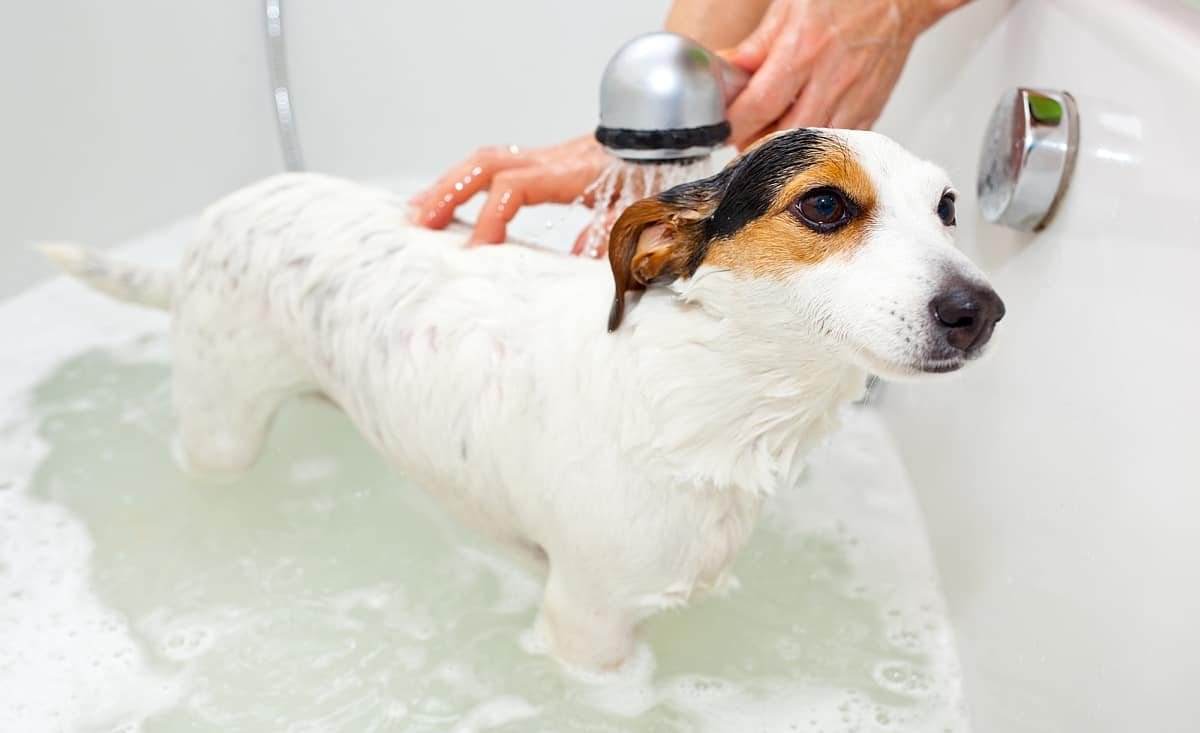
Home Remedies for relief
Some regular questions of the pet parents include:
- “Can dog fleas live on humans?”
- “What kills ticks on dogs instantaneously?”
Interestingly, fleas bite humans as well, although they can rarely hang on for long. And while natural remedies can be effective, they are most effective when used as a preventive measure, rather than as a treatment.
- Apple Cider Vinegar sprays may deter fleas.
- Coconut oil rubs can relieve itchy bites.
- Bathing regularly with a mild tick shampoo for dogs is also helpful.
- Vacuuming the carpets and washing their bedding disrupts the flea life cycle at home.

These home remedies for fleas and ticks for dogs can be beneficial, but for serious infestations, veterinarian-approved medications must be used.
Prevention is the legit superpower
Prevention is always better than cure, as per an old saying. Preventing dog fleas isn’t only about treatments, but also involves smart daily habits. Let’s walk through a checklist as a pet parent:
- Checking for ticks after walks, especially after running through grassy or wooded areas, they should be checked for ticks.
- Cleanliness is next to Godliness, so vacuuming the house at least once a week, washing their bedding, and keeping the yard trimmed to stop pests from settling in.
- Monthly preventatives or medications that are prescribed by the vet should never be skipped.

These are the pet’s armor. There are benefits to having these in place ahead of time, as total flea and tick infestations can take a lot of time, energy, and effort to get rid of.
Pet Grooming
Pet grooming is a secret weapon that keeps the pet cute with good pet hygiene. Grabbing this BOGO is a smart move here. Brushing will remove flea debris on them, make it easier to spot ticks earlier, and reduce the potential for infestations. Grooming at regular intervals at home decreases the chance for parasites to go unnoticed.
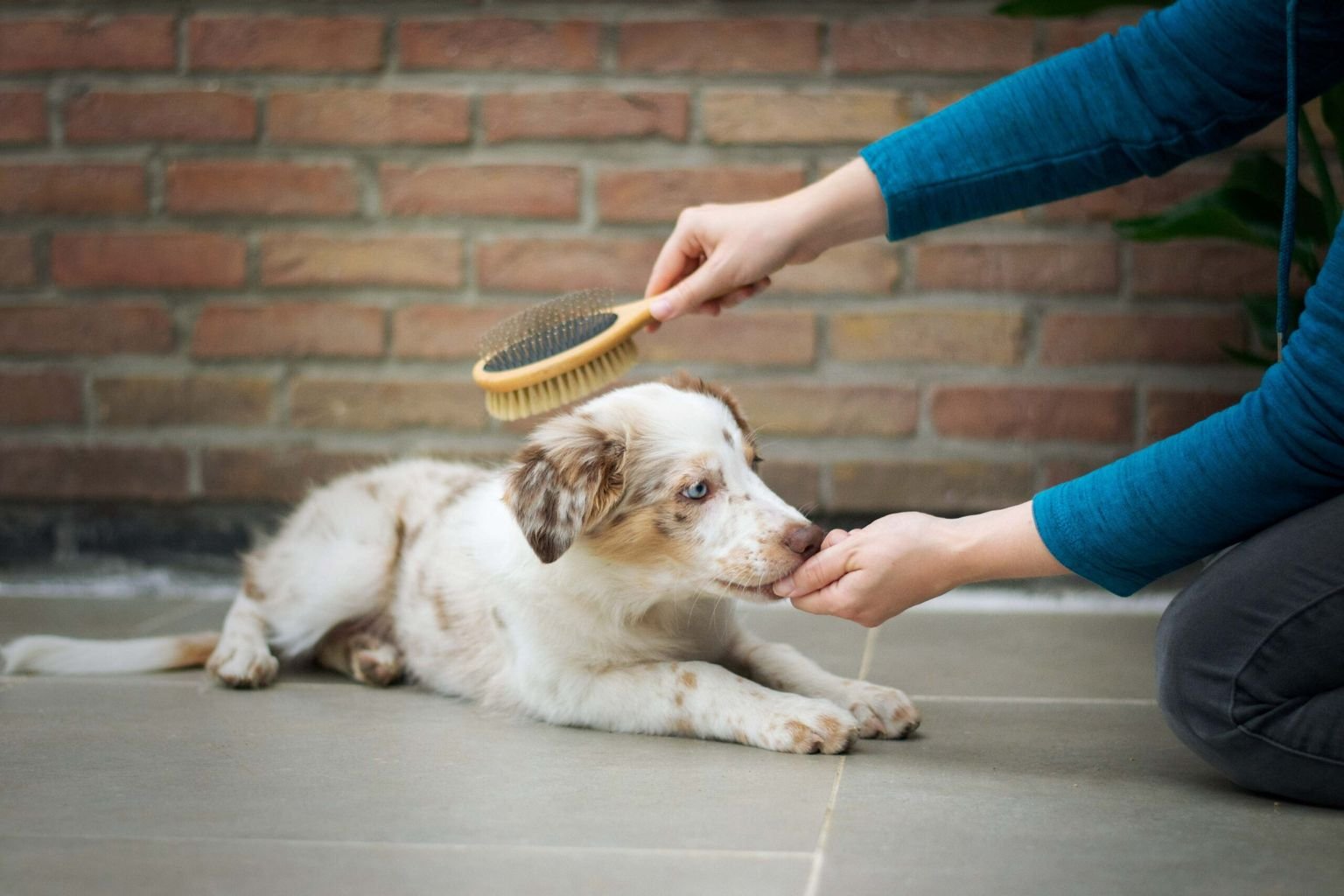
Final Takeaway
Fleas and ticks might not be big creatures, but they are big trouble. They itch, they bite, and they transmit diseases that can impact not only pets but also humans. But with the right regimen of medication, care in the environment, grooming, and year-round prevention, an invisible barrier can be created around the furry babies. This is kind of like turning your home into a no-flea, no-tick zone where your dogs can freely roam, communicate, nap, and nestle without a scratch.
Frequently Asked Questions
Although fleas can bite humans, they rarely live on them for a long time.
Fast-acting flea medicines can kill adult fleas in a matter of hours. Flea sprays or medicated shampoo can provide immediate relief as well. Consultation with a vet ensures a safe and effective treatment option.
- Usage of tweezers to slowly and carefully remove the tick
- Usage of tick shampoos, spot-on treatments, or oral medications that a vet has suggested.
- Routine grooming for ticks and using a tick prevention collar or topical solution on the dog
Ticks can lead to anemia, skin irritation, or infection if not treated. It is important to remove ticks from your dog as soon as possible to reduce any potential health risk to the dog.
Share what you’ve read
- All Posts
- Blog
- Blogs
- Recipe
- Stories
- Trivia

October 21, 2024 hyepets.com 4:11 am ⏱ Time to read 8 min It’s cuddle time with the fur baby, and...

October 19, 2024 hyepets.com 1:39 pm ⏱ Time to read 9 min Pets are adorable and bring joy to lives...

October 19, 2024 hyepets.com 12:17 pm ⏱ Time to read 8 min It’s morning. Barely is the sun up, and...

October 19, 2024 hyepets.com 9:34 am ⏱ Time to read 6 min Furries are no less than babies, and all...

June 15, 2024 hyepets.com 9:39 am ⏱ Time to read 7.5 min Monsoons are here to relieve the summer heat...

March 7, 2024 hyepets.com 12:00 pm ⏱ Time to read 30 sec Have You Ever wondered what does all the...

March 7, 2024 hyepets.com 12:00 pm ⏱ Time to read 9 min “The first impression is the last impression”, and...

March 7, 2024 hyepets.com 12:00 pm ⏱ Time to read 8 min Even being a responsible pet owner, what is...

March 7, 2024 hyepets.com 12:00 pm ⏱ Time to read 12 min Our furry friends provide us with companionship and love...

March 7, 2024 hyepets.com 12:00 pm ⏱ Time to read 13 min What if your furry companion gets irritated due...

March 7, 2024 hyepets.com 12:00 pm ⏱ Time to read 7 min Hardly will there be any dog enthusiast who...

March 7, 2024 hyepets.com 12:00 pm ⏱ Time to read 8 min Owning an active dog breed sounds cool, but...
